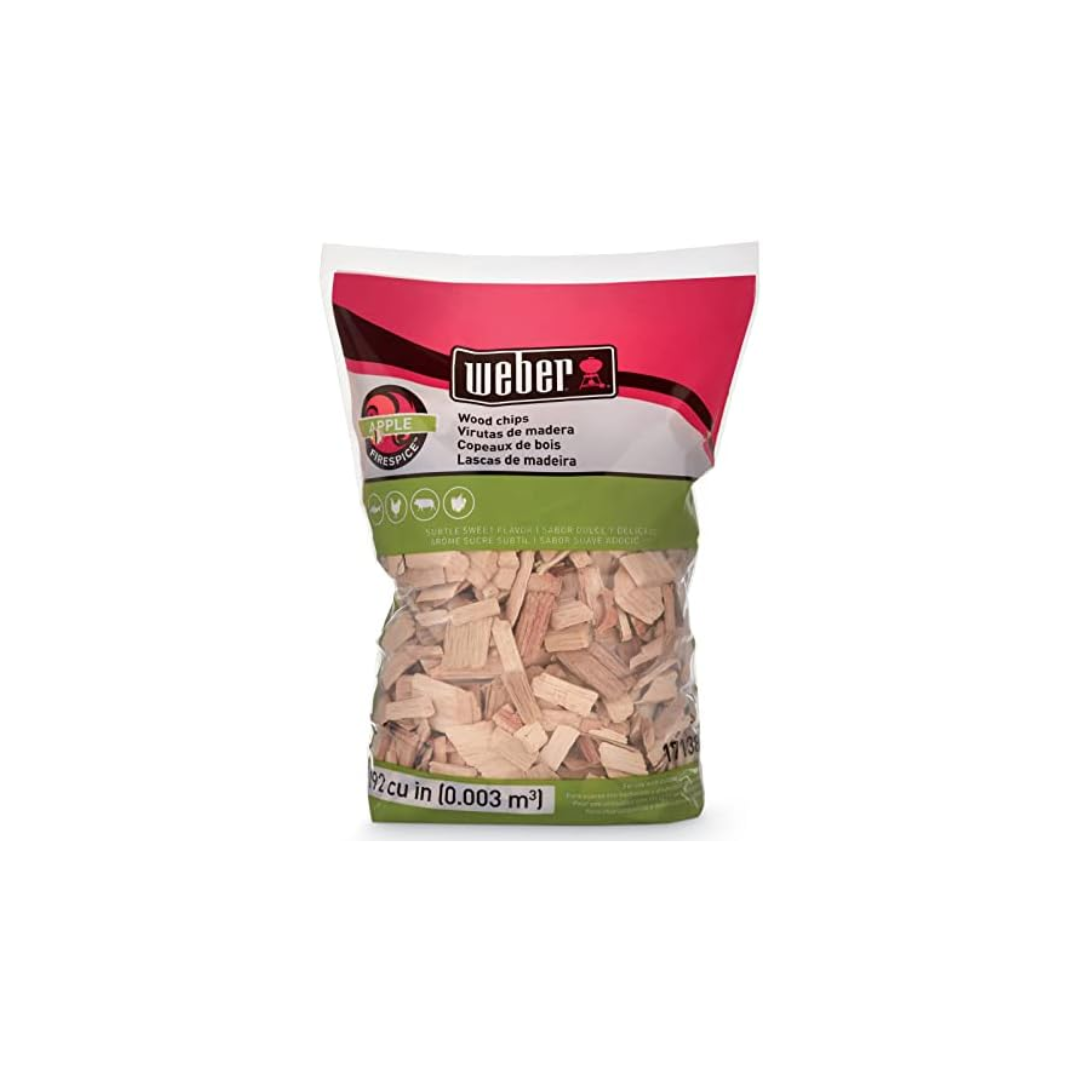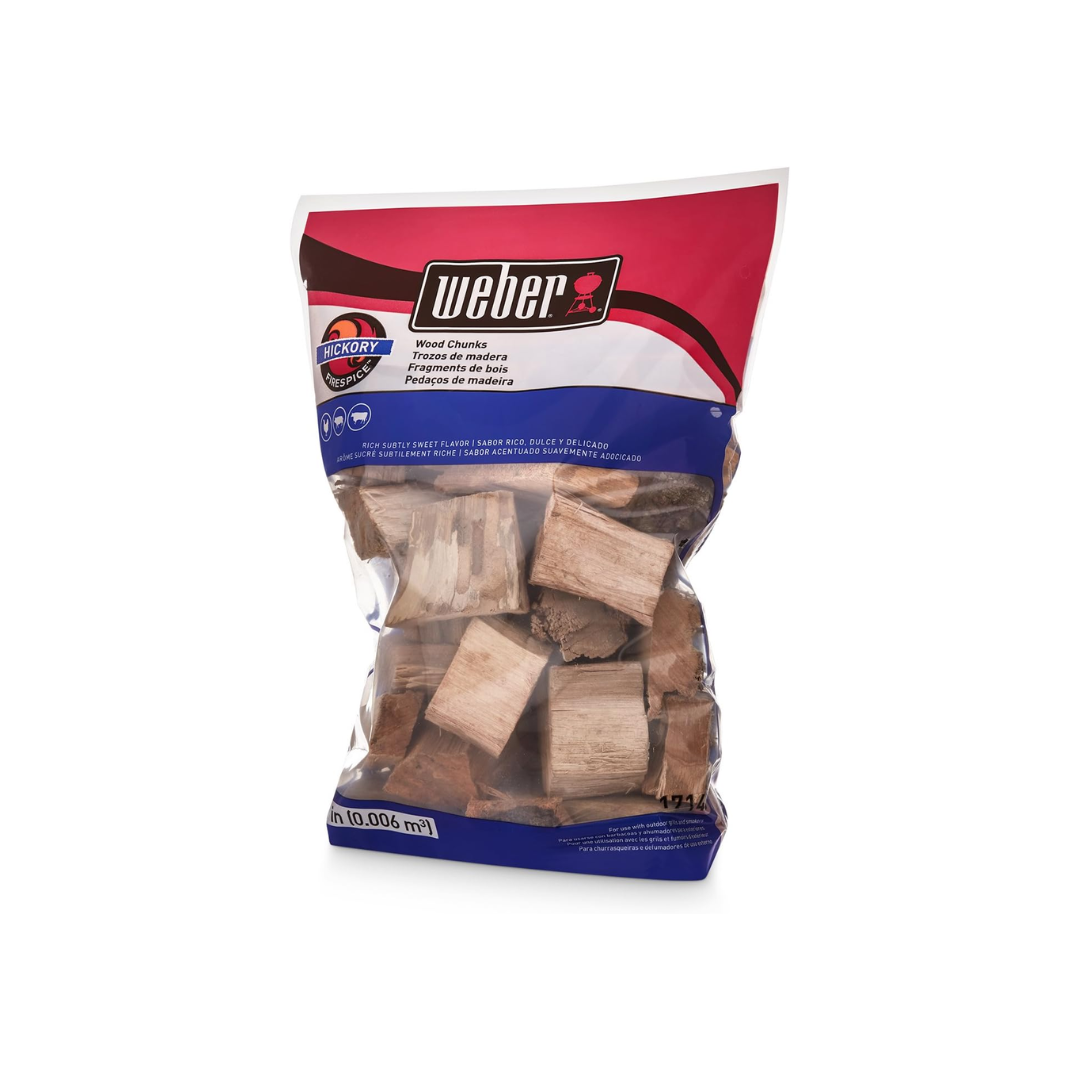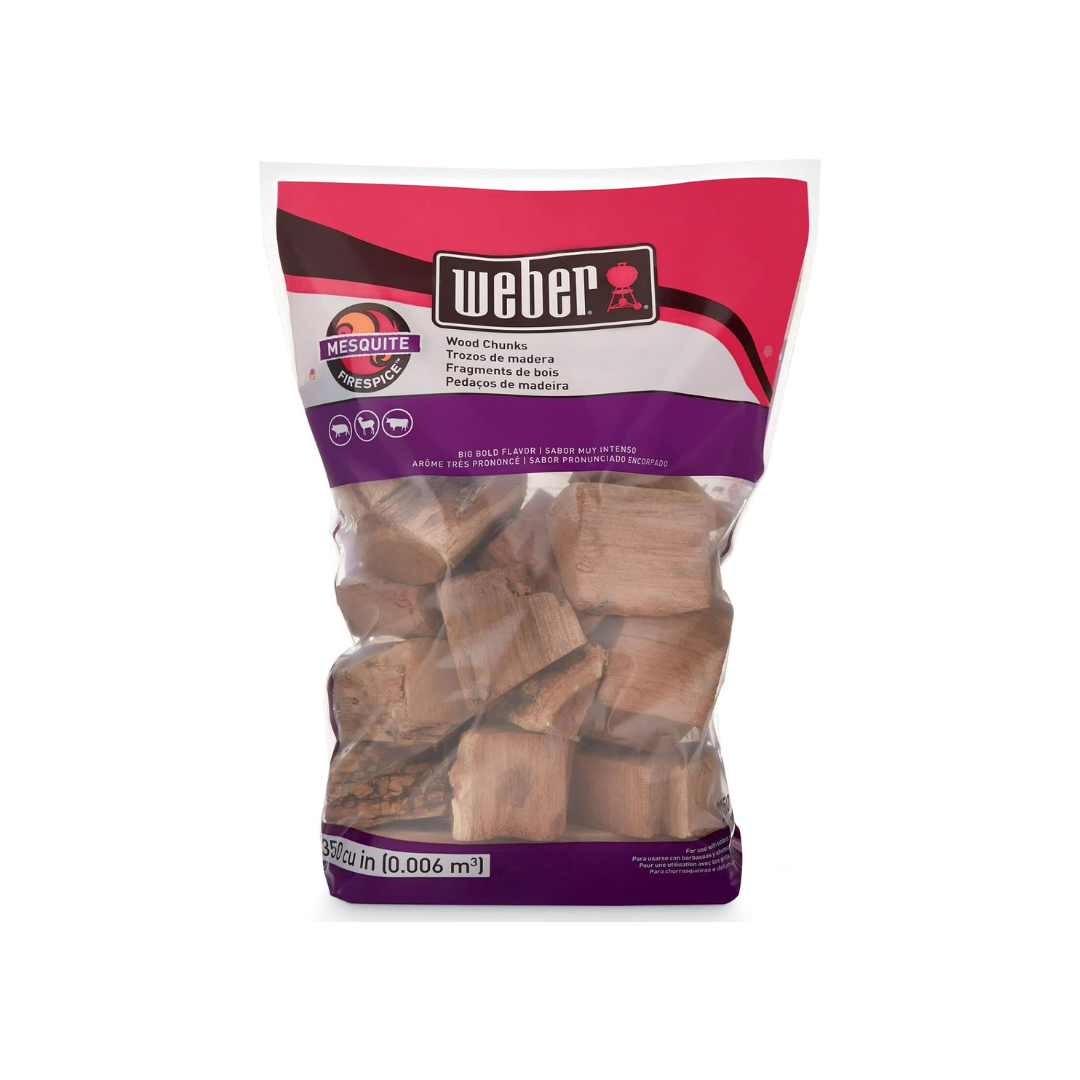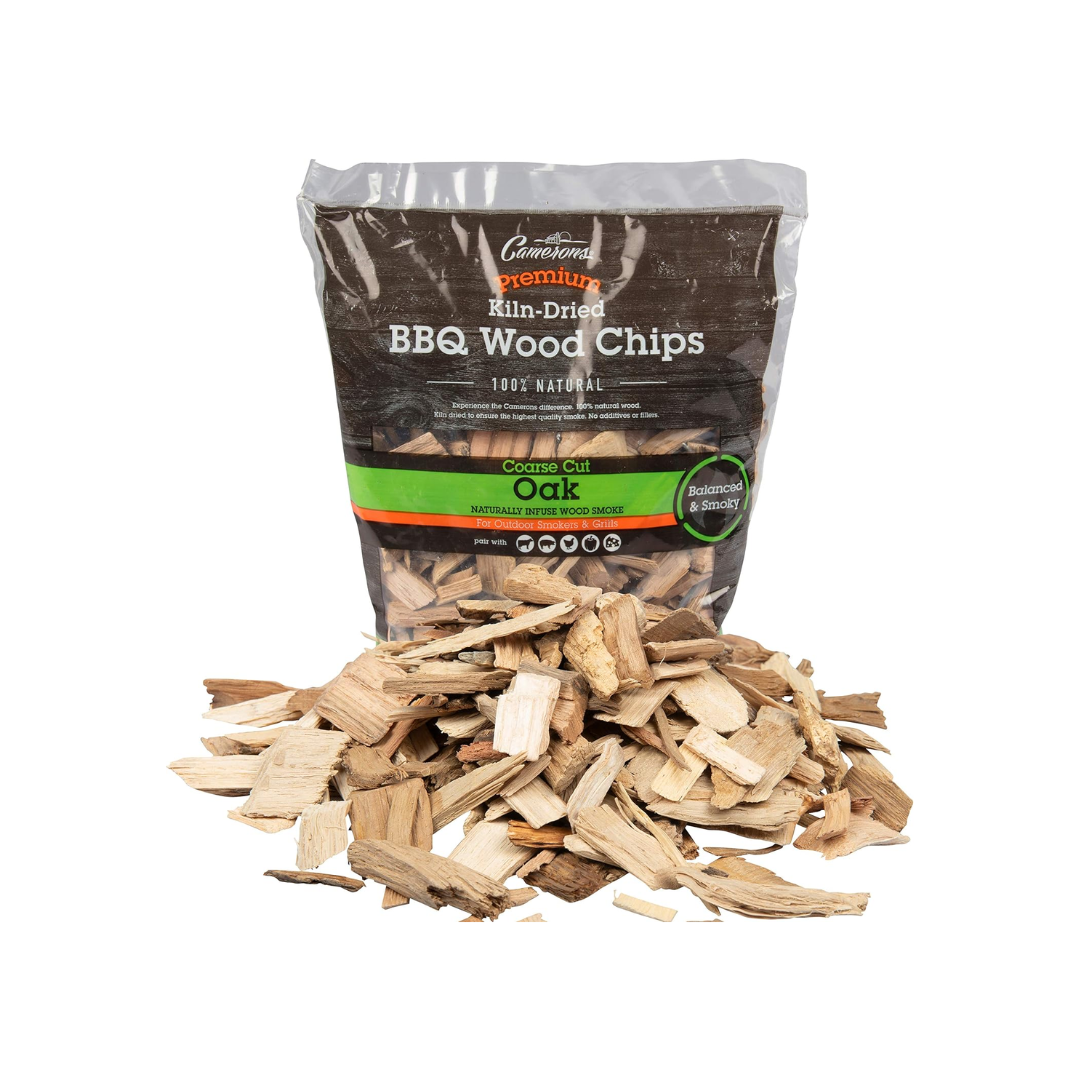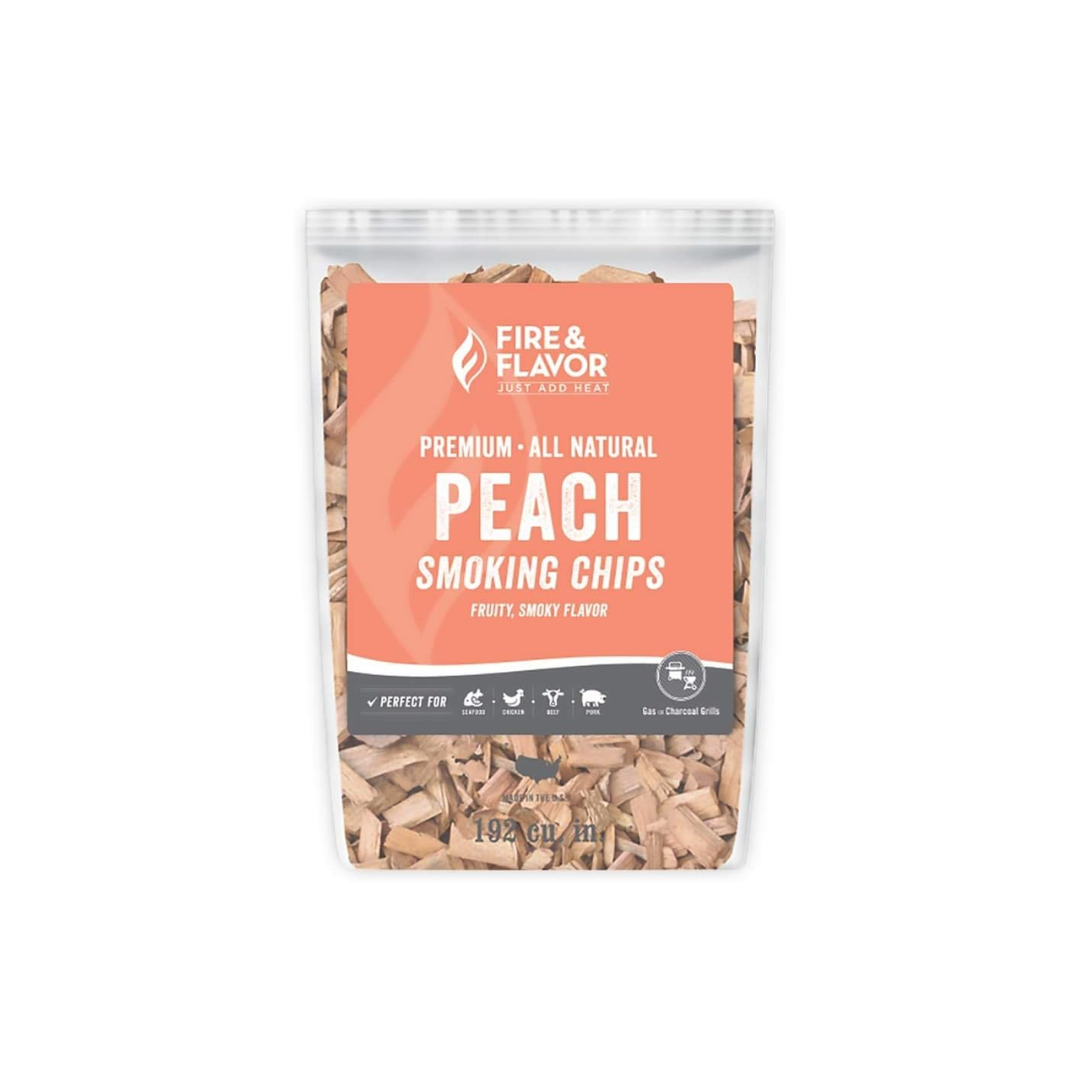
We may be compensated if you purchase through links on our website. Our team is committed to delivering honest, objective, and independent reviews on home products and services.
Grilling with wood adds a delicious smoky taste to your meats and veggies. It infuses food with aromatic compounds, creating complex flavors and adding to the overall experience of grilled dishes. Wood adds more flavor than charcoal and allows for greater control over the smoking process. In this guide, we’ll explore the best woods for grilling, their unique profiles, and how to use them to make mouthwatering culinary creations.
Top Grilling Woods and Their Flavor Profiles
Different woods give unique flavors to grilled foods. Here are some of the most popular woods for grilling and their characteristics. Experiment with different woods and combinations for innovative new tastes:
Applewood: The Versatile Choice
Applewood is a favorite among grillers for its versatility and mild, sweet flavor. Chef Barton Seaver, author of Where There’s Smoke, says, “Think of it as the butter of smoking wood. It goes with almost everything, though it’s great with pork and poultry. ” Applewood’s fruitiness complements a wide range of meats without overpowering their natural flavors.
Our Recommendation
Hickory: Bold and Bacon-Like
Hickory is known for its robust, bacon-like flavor, which pairs well with meats with strong flavors. Its deep, smoky taste is ideal for fatty beef cuts and lean pork. However, use hickory sparingly, as its intense flavor can quickly become overwhelming.
Our Recommendation
Mesquite: Southwestern Spice
Mesquite is a bold staple in Southwestern cooking. This wood burns hot and fast, making it best suited for quick-cooking cuts of meat. Its aggressive flavor profile works well with beef, particularly when paired with spicy herb rubs. Mesquite can overpower delicate foods, so less is more for seafood.
Our Recommendation
Oak: The All-Star Player
Oak is a balanced, versatile wood that complements various meats and even some seafood. Its mild, woodsy flavor has hints of vanilla and citrus. Oak is great for long, slow smoking sessions, as it burns steadily and produces consistent heat.
Our Recommendation
Peach: Delicate and Light
Peach has a delicate and light fruity flavor that’s well-suited for seafood and shellfish. Its subtle sweetness can also contribute to the taste of pork and poultry without overpowering their natural flavors. Peach wood is a good option for those who prefer a milder smoke taste in their grilled dishes.
Our Recommendation
Pairing Woods With Different Types of Meat
Choosing the right wood for your meat can significantly enhance the overall flavor of your grilled dishes. Here’s a guide to help you pair different types of wood with meat.
Best Woods for Beef
For beef, strong-flavored woods like hickory, mesquite, and oak work well. These woods can stand up to the robust taste of beef without being overpowered. Hickory imparts a bacon-like flavor that complements fatty cuts, while mesquite adds a bold, Southwestern flair. Oak provides a more subtle, all-purpose smoke that enhances the beef’s natural flavors.
Ideal Woods for Pork and Poultry
Pork and poultry benefit from milder, fruitier woods. Applewood is an excellent all-around choice, adding a sweet, subtle smoke that doesn’t overpower the meat. Peach wood is another good option, particularly for poultry, as it imparts a light, fruity flavor. For a slightly stronger taste, hickory can be used sparingly with pork to add depth without overwhelming the meat.
Wood Choices for Seafood
Seafood generally pairs best with lighter woods to avoid masking its delicate flavors. Peach wood is an excellent choice for most seafood, particularly shellfish, as it adds a subtle sweetness without overpowering the natural taste. Oak can also work well with heartier fish, providing a mild smokiness that enhances rather than dominates the seafood’s flavor.
How To Use Wood for Grilling
Learning to use wood the right way will help you get the best flavor in your grilled dishes. Here are some tips on how to effectively use wood for grilling.
Chips vs. Chunks
Wood chips and chunks each have their place in grilling. Chips are best for shorter cooking times and when using gas grills, as they ignite quickly and produce smoke rapidly. Chunks, on the other hand, are ideal for longer smoking sessions and charcoal grills, as they burn more slowly and produce smoke for extended periods.
Soaking Wood
The debate over whether to soak wood before grilling is ongoing. While some grillers swear by soaking, others find it unnecessary. Soaking can help prevent the wood from burning too quickly, especially when using chips. However, it can also delay the production of smoke. Experiment with both soaked and dry wood to see which method you prefer.
Proper Placement on the Grill
For gas grills, place wood chips in a smoker box or wrap them in aluminum foil with holes punched in it. Position this packet near the heat source. For charcoal grills, scatter wood chunks or chips directly on the hot coals. In both cases, add wood gradually throughout the cooking process to maintain a consistent smoke level.
Woods To Avoid When Grilling
While many woods enhance grilled foods, some should be avoided due to safety concerns or overpowering flavors.
Toxic Woods
Never use wood from trees that produce toxins, such as oleander, yew, or poison oak, as these can release harmful substances when burned. Avoid using treated lumber or wood that has been exposed to chemicals.
Overpowering Woods
While not toxic, some woods can impart overly strong or unpleasant flavors. Avoid using softwoods such as pine or cedar, as they contain high levels of sap and terpenes that can make food taste bitter. Stick to hardwoods specifically for cooking to get the best flavor
Maximizing Wood Flavor in Grilling
To get the most out of your wood-grilled dishes, consider these tips for optimizing smoke flavor:
Controlling Smoke Intensity
The key to great wood-grilled flavor is balance. Start with a small amount of wood and add more as needed. Too much smoke can overpower the food, while too little may not impart enough flavor. Monitor the smoke production and adjust accordingly throughout the cooking process.
Balancing Wood With Seasonings
When using wood for grilling, consider how its flavor will interact with your seasonings and marinades. Adjust your recipes to complement the wood smoke rather than compete with it. For example, if using a strong wood like hickory, you might want to use milder seasonings to allow the smoke flavor to shine through.
Cleanup and Storage
Clean your equipment after every grilling session to maintain longevity and performance. Let your grill cool down, then brush off any remaining ash or residue. Empty the ash catcher and clean the grates regularly.
Store your wood in a dry, well-ventilated area to prevent mold and rot. Keep it away from direct sunlight and moisture to retain its natural characteristics and flavors. You might also consider using a wood storage box or rack to keep your wood organized and easily accessible.

